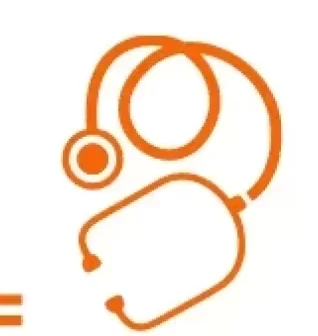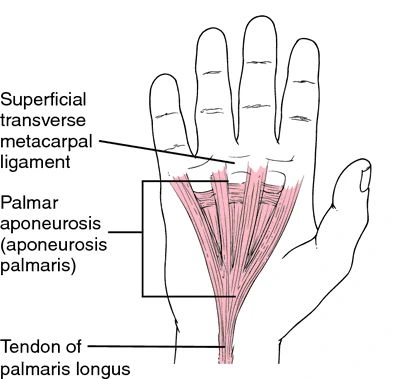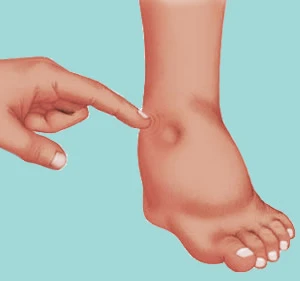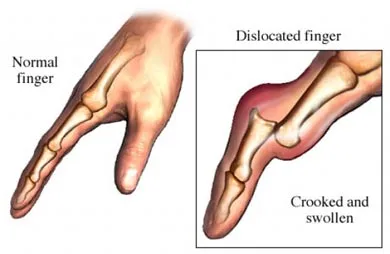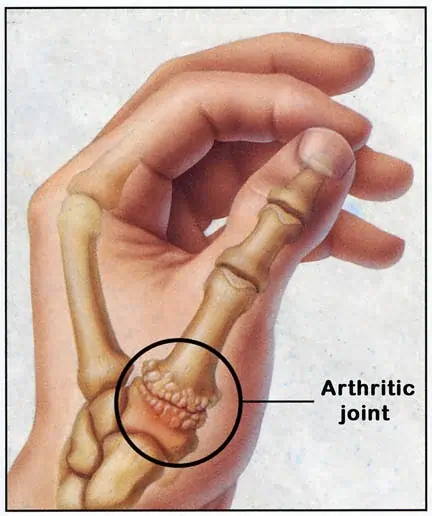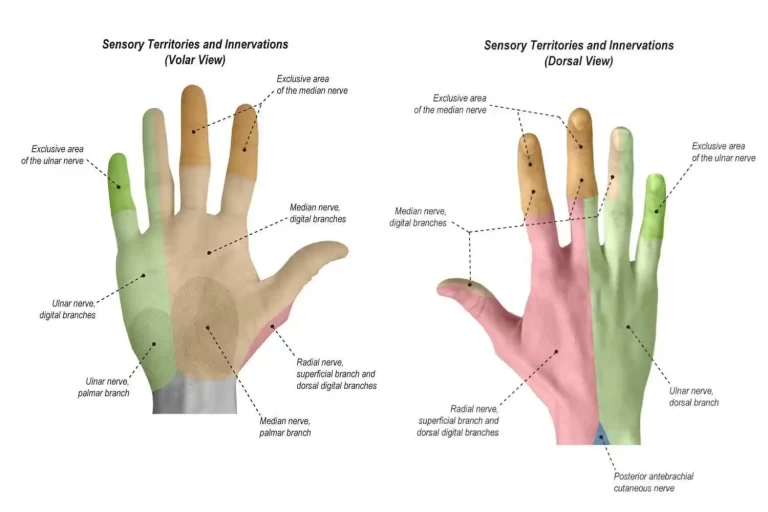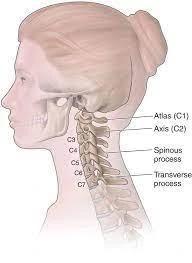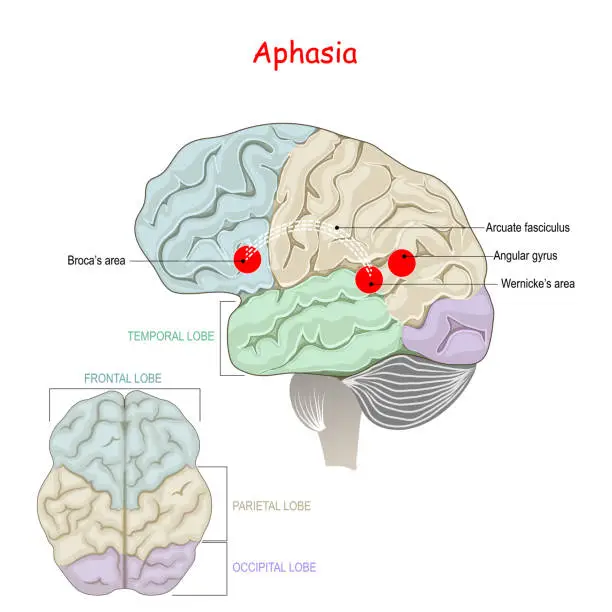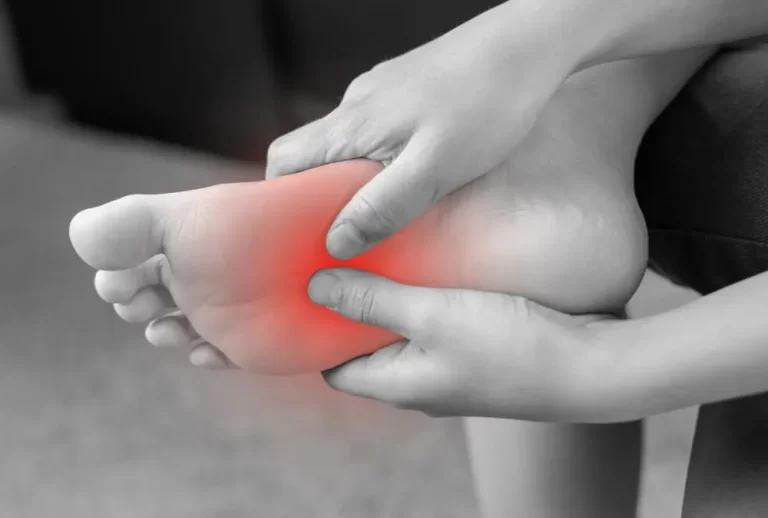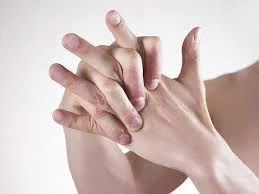Palmar Aponeurosis
The palmar aponeurosis is a thick, triangular layer of connective tissue located in the palm of the hand. It functions to protect underlying structures, provide support to the hand, and aid in grip by connecting the palmar skin to the deeper tissues. The aponeurosis extends from the flexor retinaculum to the bases of the fingers,…
